(Turlock, CA) – Dust Bowl Brewing Co. hires Kevin Riddiough as the Director of National Accounts. In this newly created position, Kevin will manage national and regional chain business in […]
The post Dust Bowl Brewing Hires Kevin Riddiough as Director of National Accounts appeared first on The Full Pint - Craft Beer News.

 From our favorite homebrews to fermented foods, join the celebration of all things fermentation on Home Fermentation Day!
From our favorite homebrews to fermented foods, join the celebration of all things fermentation on Home Fermentation Day! 

 AHA Executive Director Julia Herz share's her column from the July/August 2023 Zymurgy magazine.
AHA Executive Director Julia Herz share's her column from the July/August 2023 Zymurgy magazine.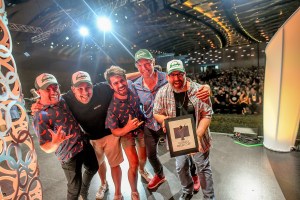

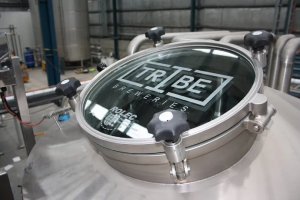


 Access the three winning homebrew recipes from the 2022 Great American Beer Festival Pro-Am Competition.
Access the three winning homebrew recipes from the 2022 Great American Beer Festival Pro-Am Competition.  Mash grains at 152°F (67°C) for 60 minutes. Lauter, sparge, and collect enough wort to yield 5.5 gallons (20.8 liters) of wort after the 90-minute boil, usually about 6.75 gal. […]
Mash grains at 152°F (67°C) for 60 minutes. Lauter, sparge, and collect enough wort to yield 5.5 gallons (20.8 liters) of wort after the 90-minute boil, usually about 6.75 gal. […]
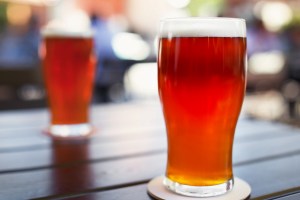


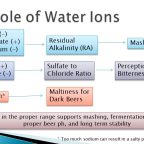
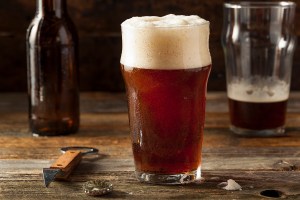
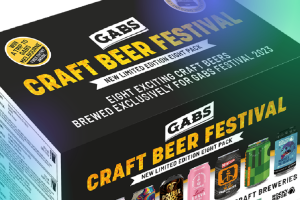
 Find the perfect homebrew among these 80+ American IPA recipes, from award-winning to clones of commercial classics.
Find the perfect homebrew among these 80+ American IPA recipes, from award-winning to clones of commercial classics.
 The following is a summary of the April 2023 meeting of your American Homebrewers Association Governing Committee (GC).
The following is a summary of the April 2023 meeting of your American Homebrewers Association Governing Committee (GC).
 Access the Award Ceremony broadcast, winners photos, and press releases for the 2023 National Homebrew Competition.
Access the Award Ceremony broadcast, winners photos, and press releases for the 2023 National Homebrew Competition.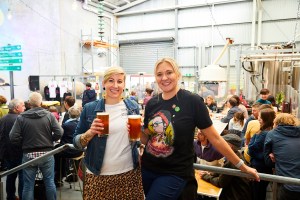
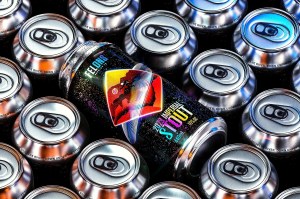
 Witness the glory as the AHA's National Homebrew Competition results and annual recognition awards are announced.
Witness the glory as the AHA's National Homebrew Competition results and annual recognition awards are announced.